Cashews are one of the most popular and nutritious nuts worldwide. They have a rich, buttery flavor and are a fantastic source of essential nutrients. Cashews can be enjoyed raw, straight out of the shell, or roasted to enhance their taste and texture. In this article, we will explore the differences between raw cashews and roasted cashews, examining their nutritional profiles, health benefits, flavor profiles, and potential downsides to help you make an informed decision about which option best suits your dietary preferences and needs. The Nutritional Comparison: Both raw and roasted cashews offer a wide range of nutritional benefits, but the roasting process can affect the nutrient content to some extent. Here is a comparison of the key nutrients found in raw and roasted cashews: 1. Protein: Raw and roasted cashews are excellent sources of protein. While the exact amount may vary slightly, both forms of cashews provide a substantial amount of this essential macronutrient, making them an ideal snack for vegetarians and vegans. 2. Fat Content: Cashews are known for their high-fat content, mainly consisting of healthy monounsaturated fats. The roasting process does not alter the fat content significantly, making both raw and roasted cashews comparable in this aspect. 3. Carbohydrates: The carbohydrate content in cashews is relatively low. However, roasting cashews can slightly reduce the carbohydrate levels, making them marginally lower than their raw counterparts. 4. Fiber: Raw cashews tend to contain slightly higher levels of dietary fiber compared to roasted cashews. However, the difference is minimal and may not significantly impact the overall nutritional value. 5. Micronutrients: Cashews are also rich in essential vitamins and minerals such as vitamin E, magnesium, copper, and zinc. While roasting can cause slight losses in certain heat-sensitive nutrients, such as vitamin C, the overall nutritional impact remains relatively minor. Health Benefits: Both raw and roasted cashews offer several health benefits due to their nutrient profiles. Here are some of the potential advantages associated with consuming cashews: 1. Heart Health: Cashews are rich in monounsaturated fats, which are known for their beneficial effects on heart health. These fats help reduce LDL (bad) cholesterol levels and promote higher levels of HDL (good) cholesterol, thereby reducing the risk of heart disease. 2. Weight Management: Cashews are a filling snack option due to their high protein and fiber content.
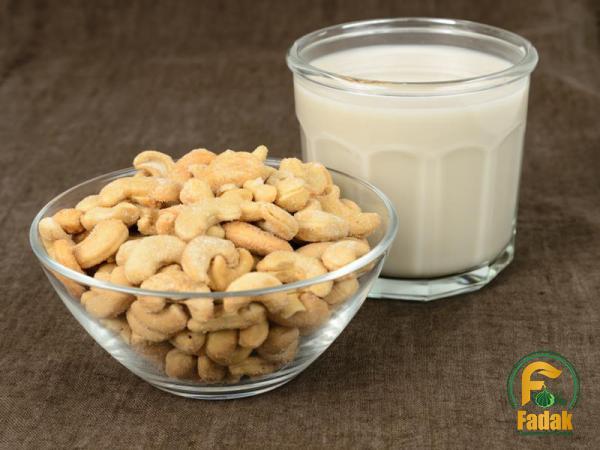
nut
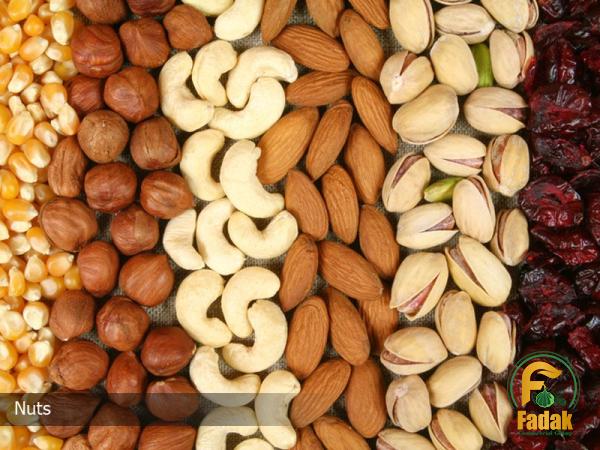 This can help curb hunger, leading to better weight management and reduced overall calorie intake. 3. Bone Health: Cashews are a good source of essential minerals like magnesium, copper, and phosphorus, which play a crucial role in maintaining healthy bones and preventing conditions such as osteoporosis. 4. Antioxidant Properties: Cashews contain antioxidants such as vitamin E and polyphenols, which help protect cells from damage caused by free radicals. These compounds can have potential anti-aging and disease-fighting effects. Flavor Profiles: One of the significant differences between raw and roasted cashews lies in their flavor profiles. These differences can determine your preference for one form over the other. 1. Raw Cashews: Raw cashews possess a naturally mild and slightly sweet taste. They have a creamy texture and offer a subtle crunch. The lack of additional flavors allows the natural nutty essence to shine through. 2. Roasted Cashews: Roasting cashews intensifies their flavor and alters their texture. The heat brings out the nut’s inherent sweetness and elevates the overall taste. Roasted cashews are crunchier, with a toasty flavor that adds depth and complexity. Potential Downsides: While cashews are generally considered a healthy snack option, it is essential to be aware of some potential downsides: 1. Calorie Content: Cashews are calorie-dense, containing around 155 calories per ounce (28 grams). Overconsumption may contribute to weight gain if not eaten in moderation. 2. Sodium Content: Roasted cashews often contain added salt, which increases their sodium content. Excessive sodium intake can lead to high blood pressure and other adverse health effects. 3. Acrylamide Formation: Roasting cashews at high temperatures can result in the formation of acrylamide, a potentially harmful compound. However, the levels of acrylamide in roasted cashews are generally considered safe and should not cause concern when consumed in moderation. Conclusion: Whether you choose raw or roasted cashews ultimately depends on your personal taste preferences and dietary needs. Both options offer a plethora of nutrients and health benefits, making cashews a nutritious addition to any diet. While raw cashews maintain their natural flavors and characteristics, roasted cashews provide a more intense taste and crunch. It is crucial to consume cashews in moderation due to their high calorie content. By understanding the similarities and differences between raw and roasted cashews, you can make an informed decision and enjoy the many benefits these delicious nuts have to offer. Raw Cashews vs. Roasted Cashews: A Nutty Battle I. Introduction Cashews are one of the most popular and versatile nuts consumed globally. They can be enjoyed in their raw form or roasted to enhance their taste and texture. The choice between raw and roasted cashews often comes down to personal preference, but it can also have implications for businesses involved in the cashew industry. In this article, we will delve deeper into the topic of raw cashews versus roasted cashews, exploring their market demand, production processes, packaging, marketing, and consumer preferences.
This can help curb hunger, leading to better weight management and reduced overall calorie intake. 3. Bone Health: Cashews are a good source of essential minerals like magnesium, copper, and phosphorus, which play a crucial role in maintaining healthy bones and preventing conditions such as osteoporosis. 4. Antioxidant Properties: Cashews contain antioxidants such as vitamin E and polyphenols, which help protect cells from damage caused by free radicals. These compounds can have potential anti-aging and disease-fighting effects. Flavor Profiles: One of the significant differences between raw and roasted cashews lies in their flavor profiles. These differences can determine your preference for one form over the other. 1. Raw Cashews: Raw cashews possess a naturally mild and slightly sweet taste. They have a creamy texture and offer a subtle crunch. The lack of additional flavors allows the natural nutty essence to shine through. 2. Roasted Cashews: Roasting cashews intensifies their flavor and alters their texture. The heat brings out the nut’s inherent sweetness and elevates the overall taste. Roasted cashews are crunchier, with a toasty flavor that adds depth and complexity. Potential Downsides: While cashews are generally considered a healthy snack option, it is essential to be aware of some potential downsides: 1. Calorie Content: Cashews are calorie-dense, containing around 155 calories per ounce (28 grams). Overconsumption may contribute to weight gain if not eaten in moderation. 2. Sodium Content: Roasted cashews often contain added salt, which increases their sodium content. Excessive sodium intake can lead to high blood pressure and other adverse health effects. 3. Acrylamide Formation: Roasting cashews at high temperatures can result in the formation of acrylamide, a potentially harmful compound. However, the levels of acrylamide in roasted cashews are generally considered safe and should not cause concern when consumed in moderation. Conclusion: Whether you choose raw or roasted cashews ultimately depends on your personal taste preferences and dietary needs. Both options offer a plethora of nutrients and health benefits, making cashews a nutritious addition to any diet. While raw cashews maintain their natural flavors and characteristics, roasted cashews provide a more intense taste and crunch. It is crucial to consume cashews in moderation due to their high calorie content. By understanding the similarities and differences between raw and roasted cashews, you can make an informed decision and enjoy the many benefits these delicious nuts have to offer. Raw Cashews vs. Roasted Cashews: A Nutty Battle I. Introduction Cashews are one of the most popular and versatile nuts consumed globally. They can be enjoyed in their raw form or roasted to enhance their taste and texture. The choice between raw and roasted cashews often comes down to personal preference, but it can also have implications for businesses involved in the cashew industry. In this article, we will delve deeper into the topic of raw cashews versus roasted cashews, exploring their market demand, production processes, packaging, marketing, and consumer preferences.
Specifications of nut
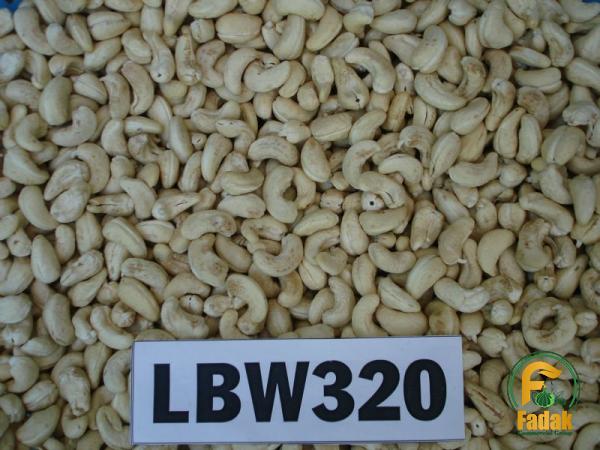 II. Market Demand Both raw and roasted cashews have a significant market demand, driven by their nutritional value and versatility in culinary applications. Raw cashews are often preferred by health-conscious consumers who value the preservation of natural nutrients and flavors. On the other hand, roasted cashews can cater to a broader consumer base, including those who enjoy the enhanced taste and crunch of roasted nuts. III. Production Processes 1. Raw Cashews: Raw cashews are harvested from cashew trees and typically undergo a multi-step process to remove their outer shell and extract the edible nut. This process involves sun-drying the cashew nuts to reduce moisture content and detach the outer shell. Once dried, the outer shell is cracked open, revealing the raw cashew kernels. 2. Roasted Cashews: Roasting cashews involves subjecting the raw kernels to heat treatment to enhance their flavor and texture. The roasting process can involve using dry heat, oil, or a combination of both. The cashews are either roasted directly in their shells or after removing the shells through the same process used for raw cashews. IV. Packaging Packaging plays a crucial role in maintaining the freshness and quality of cashews. The packaging requirements for raw and roasted cashews may differ slightly due to their varying moisture content. 1. Raw Cashews: Raw cashews are more prone to spoilage compared to roasted cashews due to their higher moisture content. Therefore, packaging for raw cashews needs to provide enhanced protection against moisture, oxygen, and light. Vacuum-sealed bags or airtight containers are commonly used for raw cashew packaging. 2. Roasted Cashews: Roasted cashews have a lower moisture content, making them less susceptible to spoilage. However, they are still sensitive to oxygen and light exposure, which can affect their taste and shelf life. Packaging for roasted cashews often includes resealable pouches or containers with oxygen and light barriers. V. Marketing Strategies Different marketing strategies can be employed for raw and roasted cashews to target their respective consumer segments. 1. Raw Cashews: The marketing of raw cashews can focus on their natural qualities, such as being minimally processed, unadulterated, and retaining optimal nutritional value. Emphasizing their use in healthy recipes, including trail mixes, salads, and baking, can attract health-conscious consumers. 2. Roasted Cashews: Marketing roasted cashews can highlight their enhanced flavor, crunchy texture, and indulgent snacking experience. Promoting them as a convenient, ready-to-eat snack option or an ingredient in savory dishes like stir-fries or nutty trail mixes can appeal to a broader consumer base. VI. Consumer Preferences Consumer preferences can vary when it comes to choosing between raw and roasted cashews. Several factors influence their decision-making process, including taste, texture, nutritional value, and culinary applications. 1. Texture: Raw cashews have a softer, creamier texture compared to roasted cashews, which are crunchier. Some consumers prefer the smoothness of raw cashews, while others enjoy the satisfying crunch of roasted nuts.
II. Market Demand Both raw and roasted cashews have a significant market demand, driven by their nutritional value and versatility in culinary applications. Raw cashews are often preferred by health-conscious consumers who value the preservation of natural nutrients and flavors. On the other hand, roasted cashews can cater to a broader consumer base, including those who enjoy the enhanced taste and crunch of roasted nuts. III. Production Processes 1. Raw Cashews: Raw cashews are harvested from cashew trees and typically undergo a multi-step process to remove their outer shell and extract the edible nut. This process involves sun-drying the cashew nuts to reduce moisture content and detach the outer shell. Once dried, the outer shell is cracked open, revealing the raw cashew kernels. 2. Roasted Cashews: Roasting cashews involves subjecting the raw kernels to heat treatment to enhance their flavor and texture. The roasting process can involve using dry heat, oil, or a combination of both. The cashews are either roasted directly in their shells or after removing the shells through the same process used for raw cashews. IV. Packaging Packaging plays a crucial role in maintaining the freshness and quality of cashews. The packaging requirements for raw and roasted cashews may differ slightly due to their varying moisture content. 1. Raw Cashews: Raw cashews are more prone to spoilage compared to roasted cashews due to their higher moisture content. Therefore, packaging for raw cashews needs to provide enhanced protection against moisture, oxygen, and light. Vacuum-sealed bags or airtight containers are commonly used for raw cashew packaging. 2. Roasted Cashews: Roasted cashews have a lower moisture content, making them less susceptible to spoilage. However, they are still sensitive to oxygen and light exposure, which can affect their taste and shelf life. Packaging for roasted cashews often includes resealable pouches or containers with oxygen and light barriers. V. Marketing Strategies Different marketing strategies can be employed for raw and roasted cashews to target their respective consumer segments. 1. Raw Cashews: The marketing of raw cashews can focus on their natural qualities, such as being minimally processed, unadulterated, and retaining optimal nutritional value. Emphasizing their use in healthy recipes, including trail mixes, salads, and baking, can attract health-conscious consumers. 2. Roasted Cashews: Marketing roasted cashews can highlight their enhanced flavor, crunchy texture, and indulgent snacking experience. Promoting them as a convenient, ready-to-eat snack option or an ingredient in savory dishes like stir-fries or nutty trail mixes can appeal to a broader consumer base. VI. Consumer Preferences Consumer preferences can vary when it comes to choosing between raw and roasted cashews. Several factors influence their decision-making process, including taste, texture, nutritional value, and culinary applications. 1. Texture: Raw cashews have a softer, creamier texture compared to roasted cashews, which are crunchier. Some consumers prefer the smoothness of raw cashews, while others enjoy the satisfying crunch of roasted nuts.
buy nut
 2. Flavor: Raw cashews have a naturally mild and slightly sweet taste, allowing their nuttiness to shine through. Roasted cashews, on the other hand, develop a toasty, richer flavor profile through the roasting process, which some consumers find more appealing. 3. Nutritional Value: Raw cashews are often preferred by those seeking to maximize their nutrient intake, as they undergo minimal processing. However, the nutritional differences between raw and roasted cashews are generally minimal, and both forms offer similar health benefits. 4. Culinary Applications: Both raw and roasted cashews can be used in a wide range of culinary applications, from trail mixes, desserts, and salads to savory dishes like curries and stir-fries. The choice between raw or roasted cashews in recipes largely depends on the desired texture and flavor profile of the dish. VII. Business Opportunities The raw and roasted cashew market offers various business opportunities for growers, processors, and retailers. These opportunities arise from the diverse consumer demand and the ability to cater to different preferences. 1. Specialty Products: Businesses can create niche markets by offering specialty cashew products, such as organic, fair-trade, or sustainably sourced options. These unique selling points can attract consumers willing to pay a premium for ethically produced cashews. 2. Value-Added Products: Cashews can be processed into value-added products like butter, milk, or flour. These products cater to consumers with specific dietary preferences, such as those following a vegan or gluten-free diet, increasing the potential consumer base. 3. Marketing Differentiation: Businesses can differentiate themselves by marketing the specific attributes of their cashew products, whether raw or roasted. Emphasizing factors such as sourcing, quality, flavor profiles, or unique roasting techniques can attract consumers looking for something distinctive. VIII. Conclusion The choice between raw and roasted cashews boils down to personal preference, with both forms offering unique characteristics and flavors. Raw cashews can attract health-conscious consumers seeking the preservation of natural nutrients, while roasted cashews appeal to those craving enhanced flavor and crunchiness. Businesses in the cashew industry can exploit these preferences by targeting specific consumer segments and utilizing marketing strategies that highlight the distinctive qualities of each type of cashew. Ultimately, understanding consumer preferences and utilizing various business opportunities can help cashew businesses thrive in an ever-evolving market.
2. Flavor: Raw cashews have a naturally mild and slightly sweet taste, allowing their nuttiness to shine through. Roasted cashews, on the other hand, develop a toasty, richer flavor profile through the roasting process, which some consumers find more appealing. 3. Nutritional Value: Raw cashews are often preferred by those seeking to maximize their nutrient intake, as they undergo minimal processing. However, the nutritional differences between raw and roasted cashews are generally minimal, and both forms offer similar health benefits. 4. Culinary Applications: Both raw and roasted cashews can be used in a wide range of culinary applications, from trail mixes, desserts, and salads to savory dishes like curries and stir-fries. The choice between raw or roasted cashews in recipes largely depends on the desired texture and flavor profile of the dish. VII. Business Opportunities The raw and roasted cashew market offers various business opportunities for growers, processors, and retailers. These opportunities arise from the diverse consumer demand and the ability to cater to different preferences. 1. Specialty Products: Businesses can create niche markets by offering specialty cashew products, such as organic, fair-trade, or sustainably sourced options. These unique selling points can attract consumers willing to pay a premium for ethically produced cashews. 2. Value-Added Products: Cashews can be processed into value-added products like butter, milk, or flour. These products cater to consumers with specific dietary preferences, such as those following a vegan or gluten-free diet, increasing the potential consumer base. 3. Marketing Differentiation: Businesses can differentiate themselves by marketing the specific attributes of their cashew products, whether raw or roasted. Emphasizing factors such as sourcing, quality, flavor profiles, or unique roasting techniques can attract consumers looking for something distinctive. VIII. Conclusion The choice between raw and roasted cashews boils down to personal preference, with both forms offering unique characteristics and flavors. Raw cashews can attract health-conscious consumers seeking the preservation of natural nutrients, while roasted cashews appeal to those craving enhanced flavor and crunchiness. Businesses in the cashew industry can exploit these preferences by targeting specific consumer segments and utilizing marketing strategies that highlight the distinctive qualities of each type of cashew. Ultimately, understanding consumer preferences and utilizing various business opportunities can help cashew businesses thrive in an ever-evolving market.
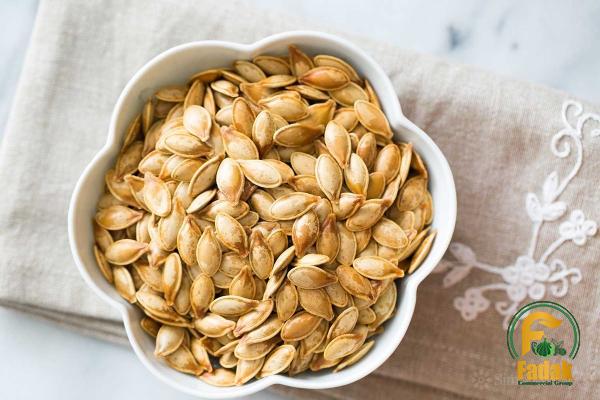
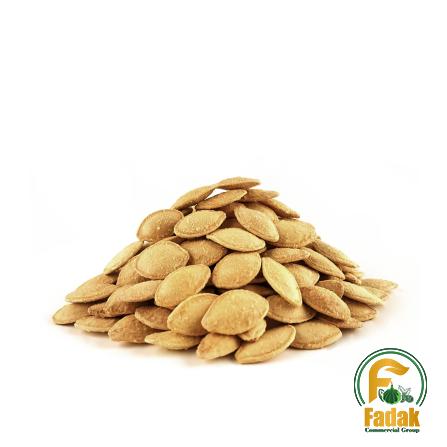

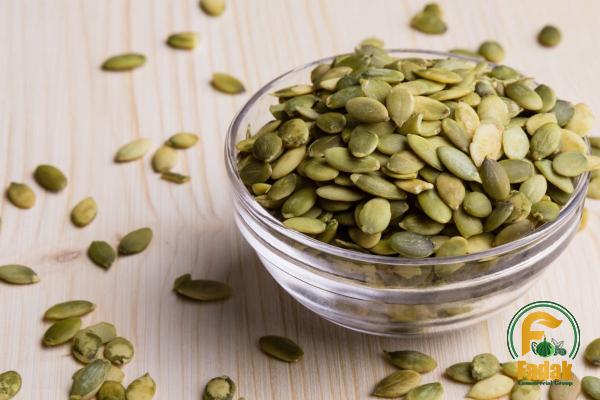
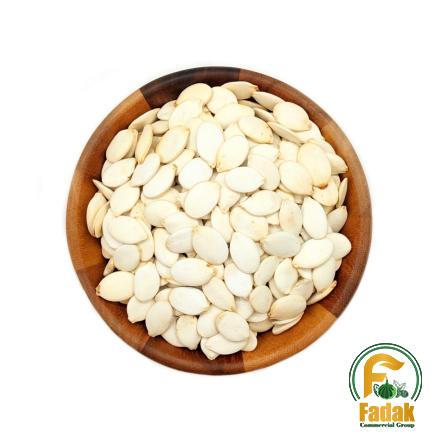
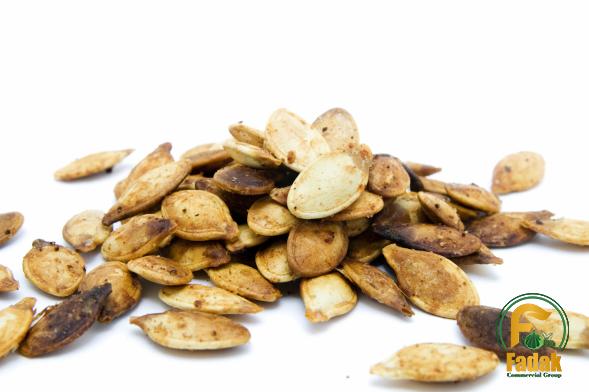
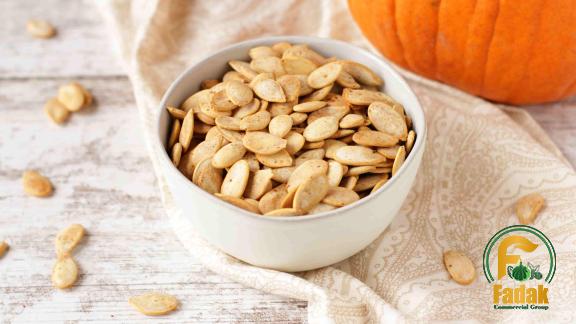
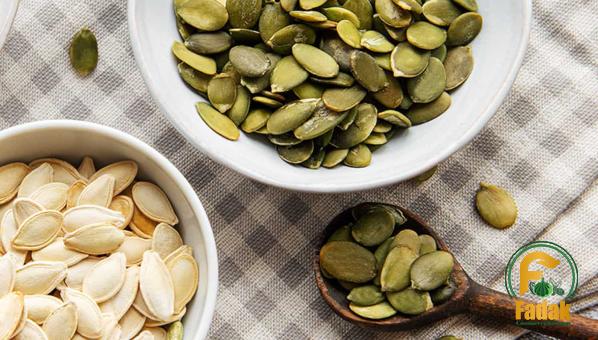

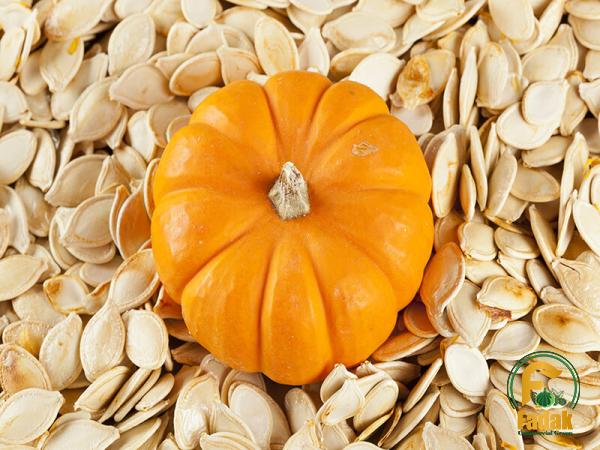
Your comment submitted.